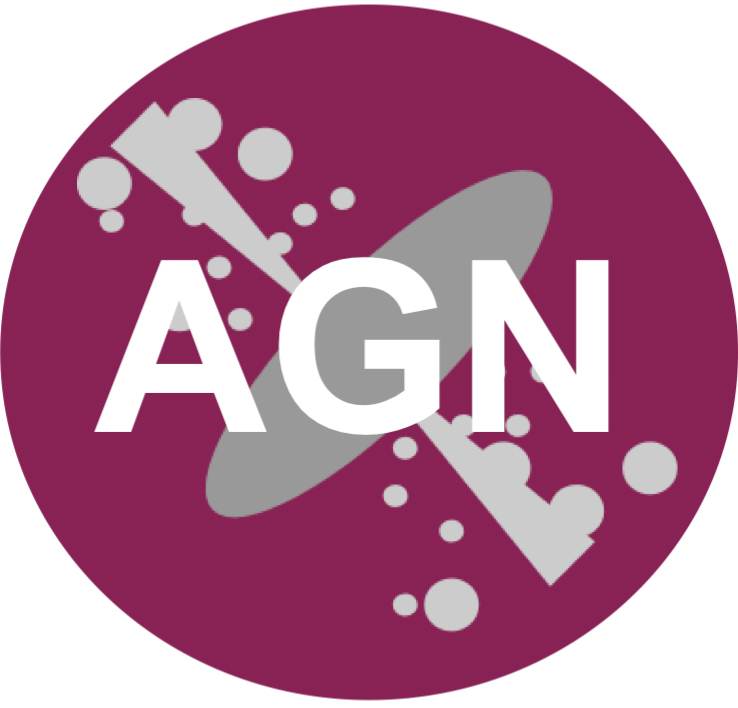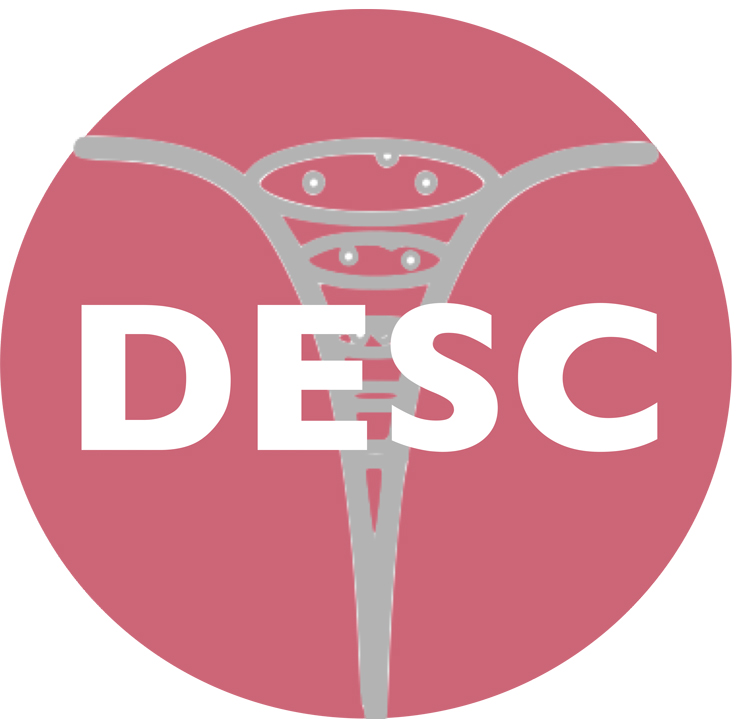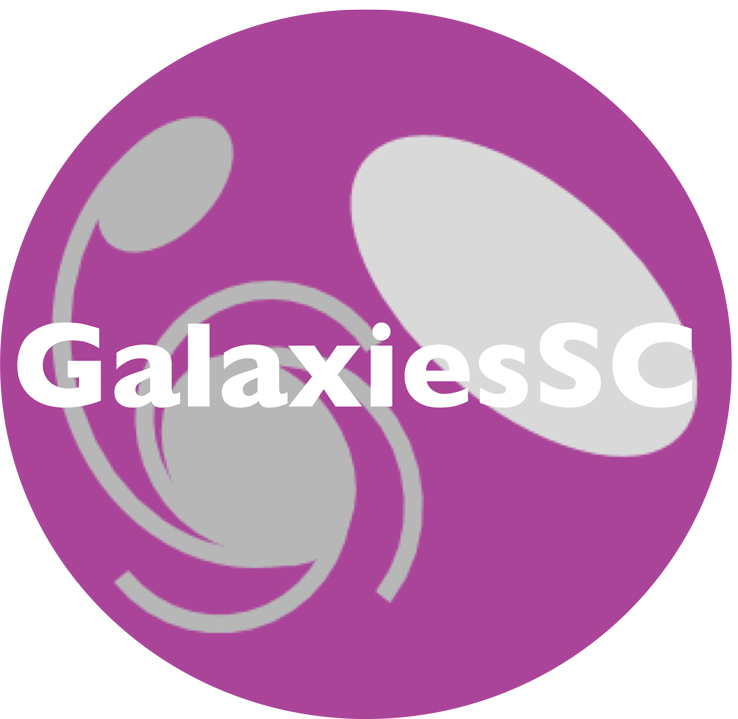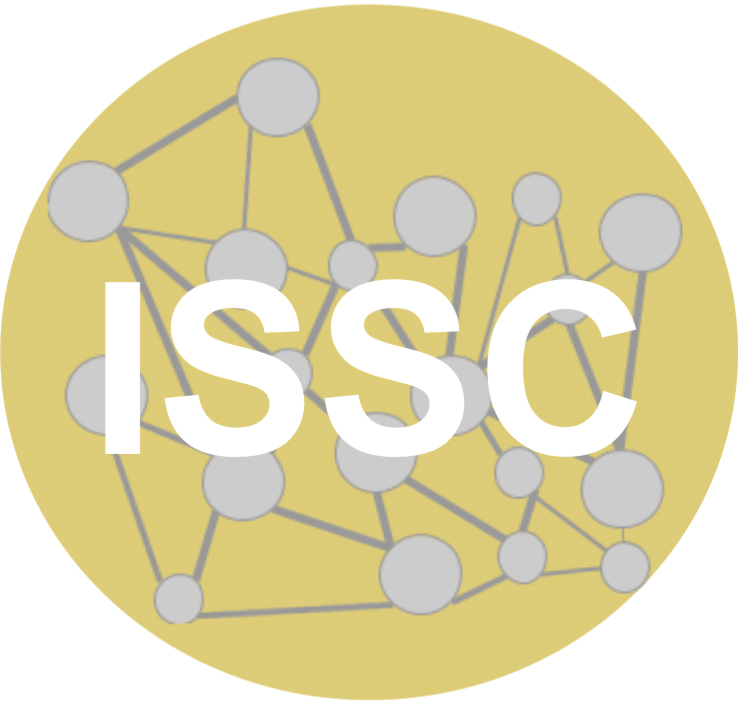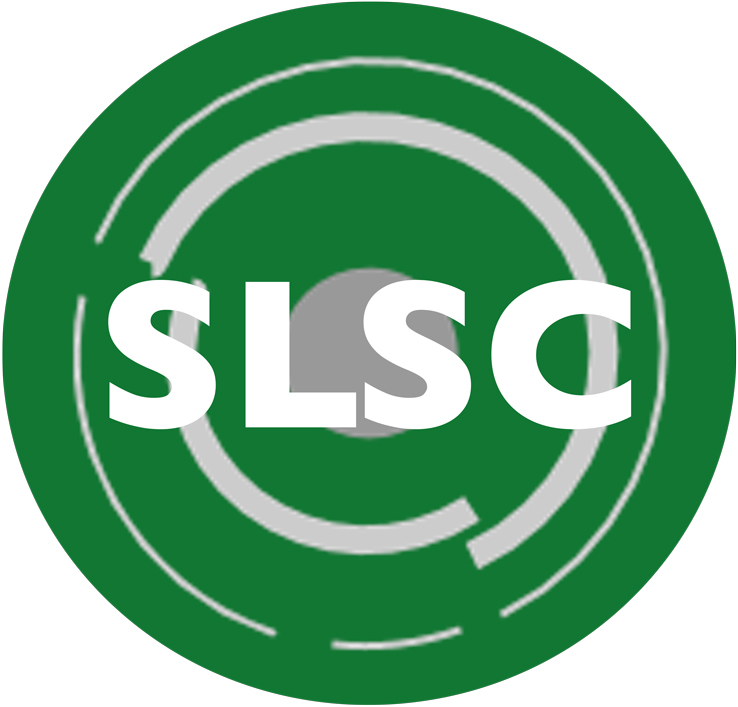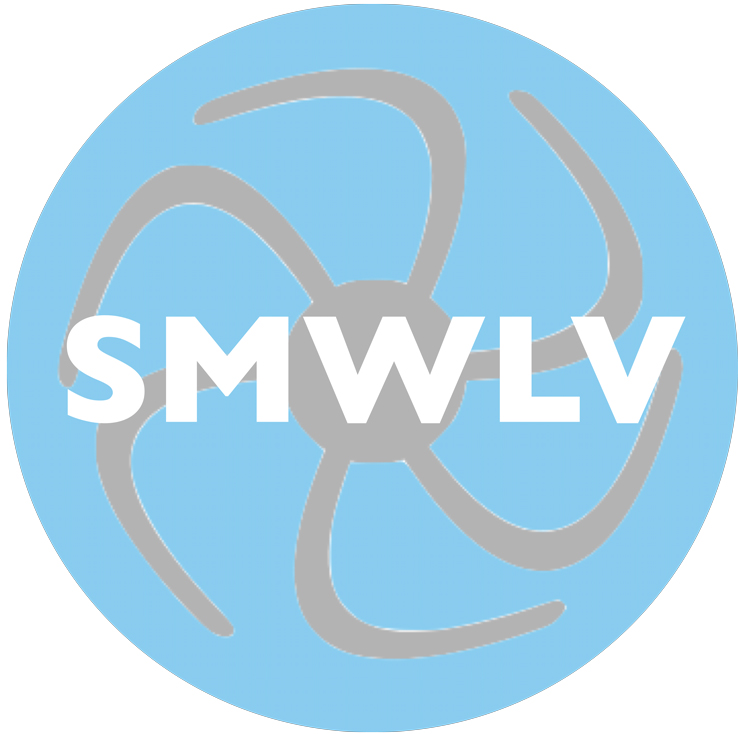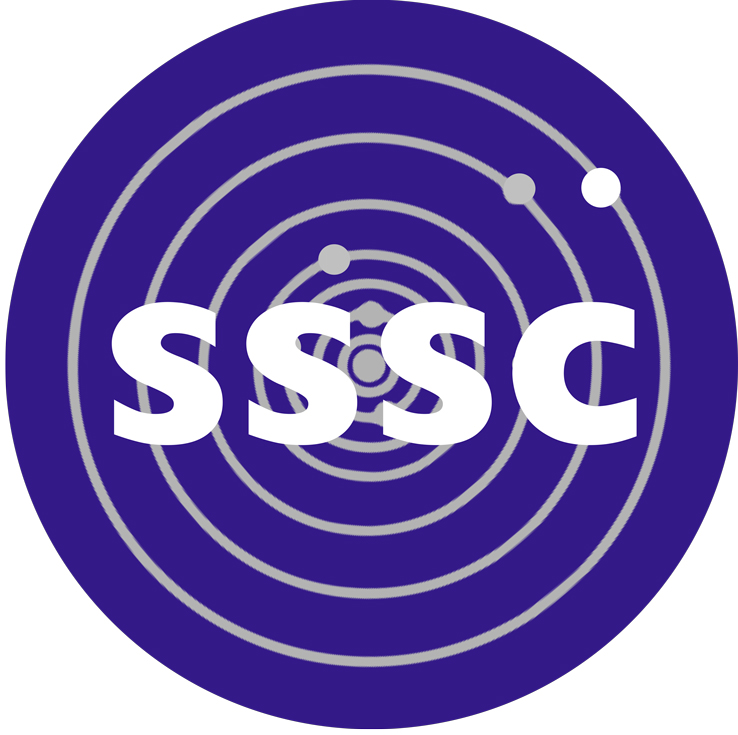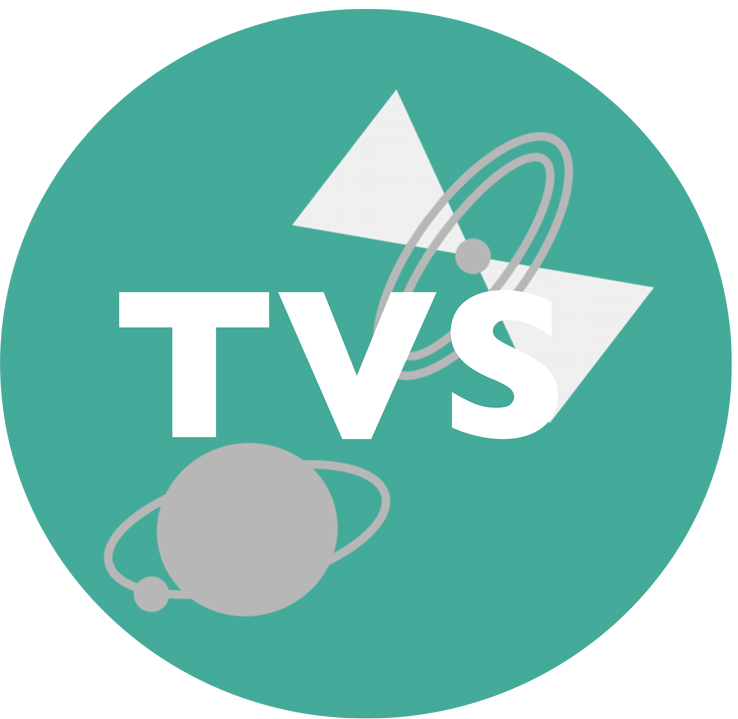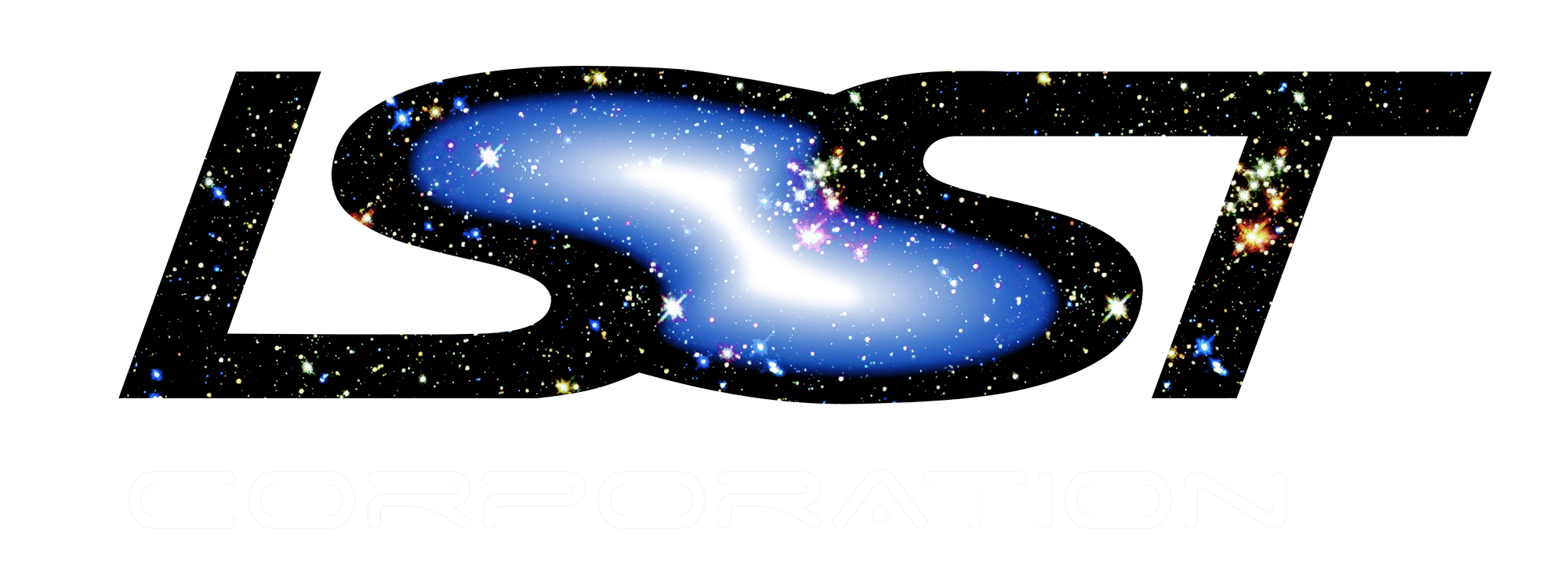I am interested in variable star surveys (as a member of the TVS Science Collaboration) and cross-disciplinary interests associated with statistical methodology (as a core member of the ISSC). Both are challenged by the analysis of LSST lightcurves with sparse and irregular cadences. I am currently engaged in ARIMA modeling of 2 million HATSouth lightcurves in the search for transiting exoplanets, and periodicity search with ZTF photometry in the study of rotation and magnetic dynamos in young stars. I lead a proposal for a LSST micro-survey of an intensive study of one field during one

